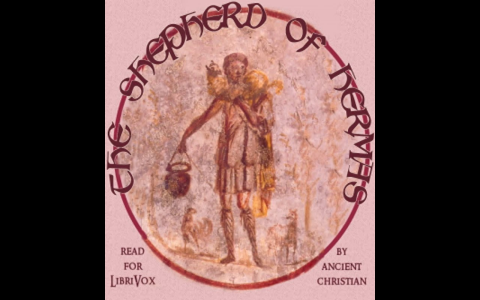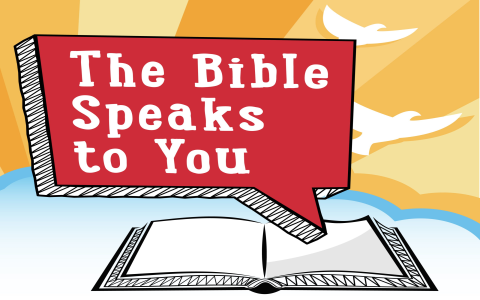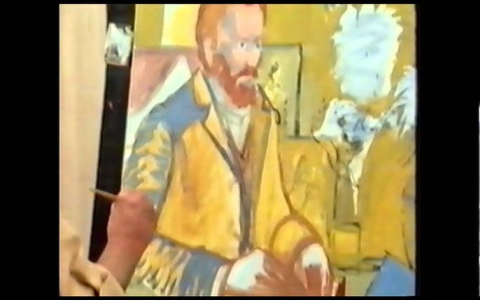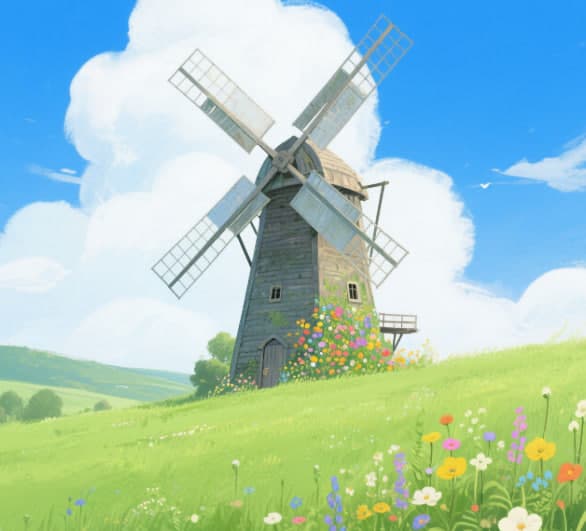Honestly, I kept seeing this winged dude pop up everywhere lately. Shirts, jewelry, even random wall art downtown. Finally got curious enough to dig in. Figured I’d try to actually understand what the Faravahar symbol meant, like properly, without just skimming Wikipedia. Wanted real insight, ya know? Something to actually appreciate it.
The Initial Deep Dive (aka, Googling Like Crazy)
Kicked things off like anyone else would – typed “Faravahar symbol facts” into the search bar. Bam. Got flooded with articles, blog posts, all screaming “ANCIENT PERSIAN SYMBOL!” Okay, cool. But most stuff was either super short and vague or dense academic papers. Needed that sweet spot in between, something to grasp quickly and feel like I actually learned it. Kept clicking.
Found out the hard way that sources get real messy real fast. Some sites claimed it was purely Iranian nationalism, others swore it was only about Zoroastrian faith, and some just talked about it like a cool design. Confusing as heck. Felt like I needed to trace it back to the source. Decided to focus on what seemed most consistent: its roots in ancient Persia and Zoroastrianism, this really old Persian religion.
Breaking Down the Look of the Thing
Next step? Stared at pictures of the Faravahar. I mean, really stared. Tried to make sense of all the bits and pieces.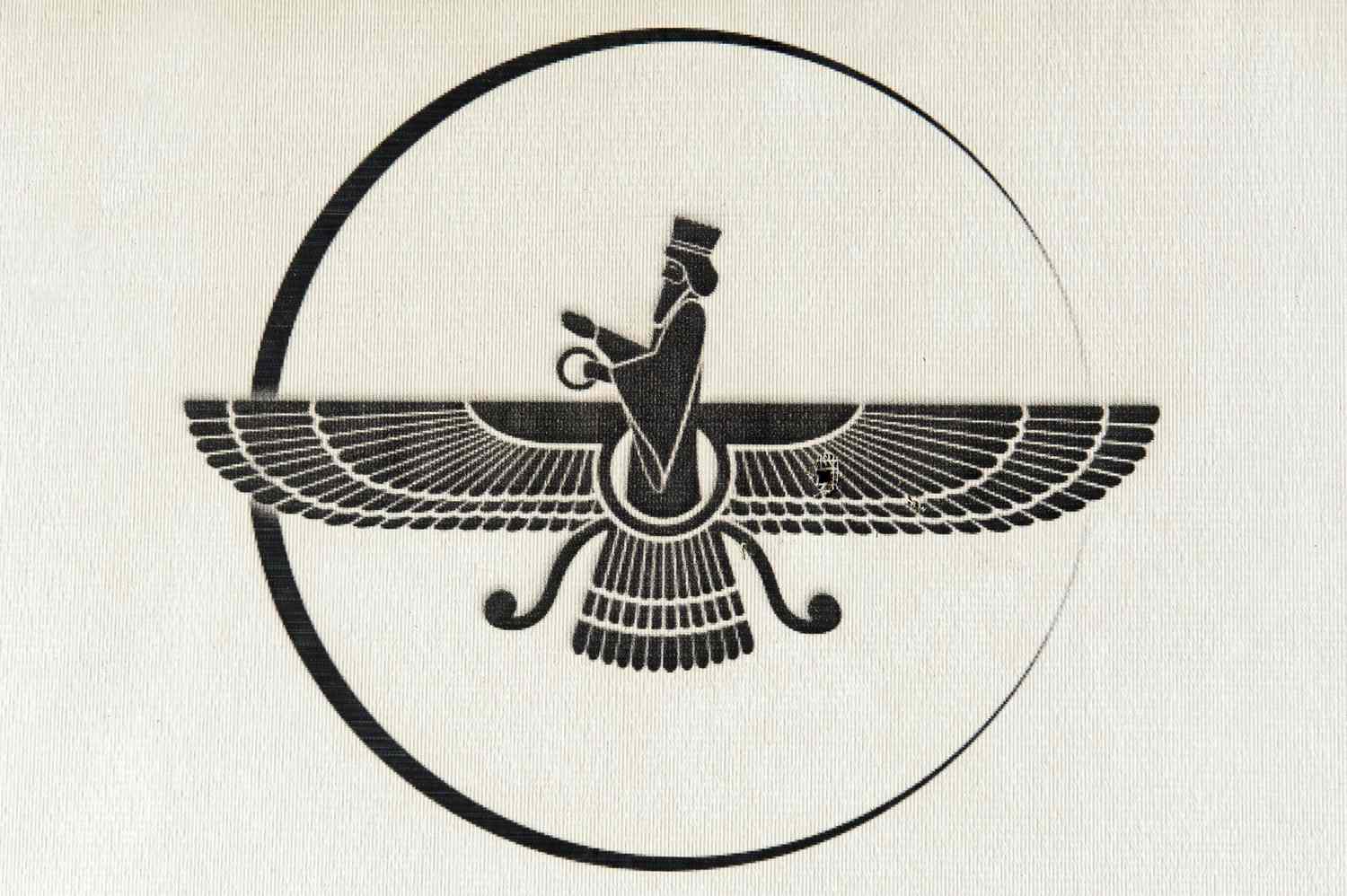 That Old Man in the Middle: Yep, confirmed. Represents an old person, symbolizing wisdom and experience. Kinda like the ideal human, wise and on the right path.
That Old Man in the Middle: Yep, confirmed. Represents an old person, symbolizing wisdom and experience. Kinda like the ideal human, wise and on the right path.
The Hand Pointing Forward: This kept showing up. Means you gotta always be moving forward, making progress, looking towards the future. Good life lesson right there.
The Ring in the Other Hand: Took a bit to untangle this one. Read a bunch. Seems it stands for loyalty, keeping your promises, staying faithful. Important concept.
The Big Circle: The circle around the guy? Oh! That’s the soul. Endless, eternal.
The Three Layers of Wings: Okay, this was cool. Learned each row stands for something major:
- Good Thoughts (Gotta keep that mind right)
- Good Words (Watch what you say)
- Good Deeds (Actions speak loudest)
The Tail Feathers: Almost missed their meaning! Opposite the wings, they represent:
- Bad Thoughts
- Bad Words
- Bad Deeds
A constant reminder to turn away from the negative junk.
The Two Snaky Things: Saw ’em curling down. Found out they’re forces pulling you in different directions – good vs. evil. Your choices matter.
The Plot Twist (For Me, Anyway)
Here’s the kicker I didn’t see coming when I started. The modern Faravahar everyone knows and loves? Not actually used like this back in ancient Zoroastrian times! Dug deeper into legit history books. Turned out the super old versions found on Persian ruins looked way more like just a simple bird figure. The whole human inside the circle, holding rings, pointing with wings and tails layered… seems like that design evolved much later. Makes sense though, right? Symbols change with time. Learned that people today often connect it more directly to the core Zoroastrian idea: choosing good over evil.
Top Takeaways Scribbled in My Notes
After wrestling with all this info, these are the points that stuck, the stuff I feel actually helps someone ‘get it’ quickly:
- Where It Came From: Ancient Persia, heavily tied to Zoroastrianism.
- Why People Love It: Represents living a good, wise life following important principles.
- Core Messages: Think good, speak good, do good. Loyalty matters. Keep learning and moving forward. Soul is eternal.
- The Negatives Too: Wings/Tail show both good and bad forces; you gotta choose the good path.
- Wait, What About History: Key discovery for me – that specific ‘guy in the circle’ symbol we all know is more a powerful modern evolution than a straight-up ancient artifact.
- The Deep Meaning Today: It’s a powerful image reminding folks to strive for goodness and live right.
So yeah, went from seeing a cool image on a t-shirt to actually understanding, like, why it matters. Took some digging, hit some confusing patches, but piecing it together felt worth it. Now when I see that winged guy, it’s way more than just neat art. It’s a reminder to try and keep it on the good path.

